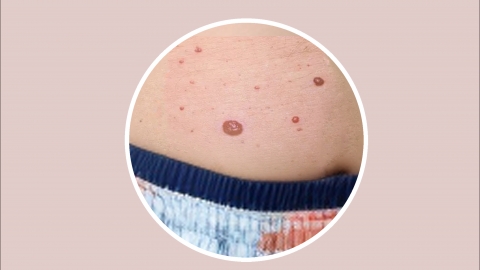How long does it take for an infantile hemangioma to disappear?
In general, the time it takes for infantile hemangiomas to disappear varies from individual to individual. Most will naturally regress within 1 to 5 years after birth, while some may take longer, up to 7–10 years of age. A detailed analysis is as follows:

The regression process of infantile hemangiomas is related to their type and size. Superficial hemangiomas typically regress more quickly. They usually enter a proliferative phase within 6–12 months after birth, followed by gradual involution. The color changes from bright red to dark red or brown, eventually fading to near-normal skin tone. Deep or mixed-type hemangiomas regress more slowly, often requiring 5–10 years, and may leave residual signs such as loose skin or pigmentation.
Smaller hemangiomas located in non-critical areas have a higher likelihood of spontaneous regression and tend to heal well afterward. Larger lesions, rapidly growing hemangiomas, or those affecting critical areas such as joints or eyes are less likely to resolve on their own and may require medical intervention.
Parents should regularly monitor changes in the hemangioma’s size, color, and shape, avoiding local friction or pressure. If the hemangioma does not grow rapidly or impair function, natural regression can be patiently awaited. During this period, maintaining cleanliness of the affected skin area and minimizing external irritation are important.







